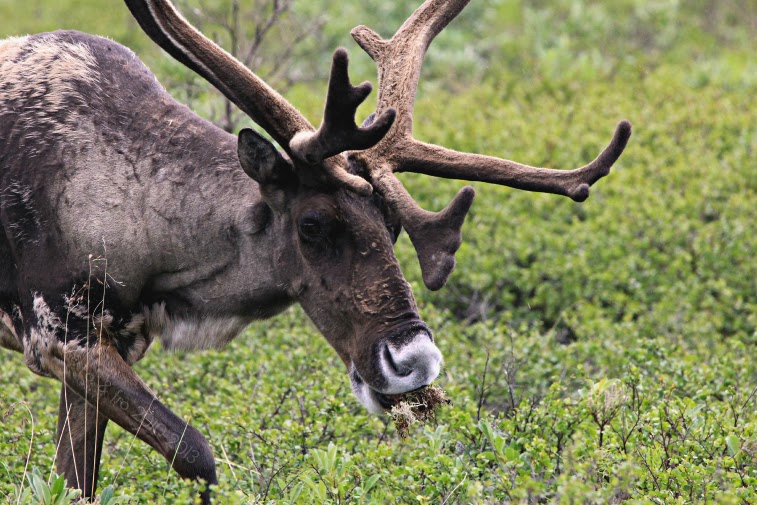When people think of reindeer, they often visualize Rudolph and his team of friends flying through the midnight sky pulling the big man's sleigh. But, there is so much more to these fascinating Arctic creatures than stories have told.
How much do you really know about this northernmost deer species?
Here are 10 Fun Facts About Reindeer to impress your family and friends this holiday season.
In North America, reindeer found in the wild are actually called caribou. The word reindeer is only used to describe those that have become domesticated, or live close to people (such as Santa). However, in Europe they are all reindeer regardless of living in the wild or captivity.
Caribou are the northernmost deer species, found in the Arctic tundra and northern forests of North America, Europe, Asia and Russia.
Male caribou are called bulls, and as an adult average 350-400 pounds. Mature females, called cows, are smaller and average 175-225 pounds.
Caribou have the longest documented migration of any terrestrial animal. Like most herd animals, they must move to find adequate food, often traveling up to 3,000 miles or 5,000 km between summer and winter ranges in a single year.
Caribou have the longest documented migration of any terrestrial animal. Like most herd animals, they must move to find adequate food, often traveling up to 3,000 miles or 5,000 km between summer and winter ranges in a single year.
Caribou are a members of the deer family (which also contains elk, deer and moose). However, unlike other members of the deer family, both male and female caribou grow antlers. Antlers are made of bone, and when they are growing have a fuzzy covering, called velvet, which contains blood vessels carrying oxygen and nutrients for bone growth. When the velvet dies, the blood supply to the bone is cut off, causing the antlers to shed. This happens yearly. (As opposed to animals with horns, which grow with the animal throughout their entire life.)
Caribou shed their antlers at different points in the year based on their sex and age. Adult bulls generally shed their antlers in late fall, early winter, after they have mated. Adult females and younger caribou carry their antlers much longer, often throughout the winter. Females' antlers don't fall off until after Christmas, which means Santa's reindeer are most likely all female.
Caribou are built for the cold. They have a short, stocky body that helps conserve heat, and long legs to help move through the deep snow. Their winter coat contains hollow hair which traps air and provides insulation from the cold.
Caribou are ungulates, which mean they are cloven-hoofed and chew cud. Their feet are built for walking in deep snow, as they have large, concave hooves that spread widely to help support them in snow and soft tundra. Their feet also function as paddles when they swim and as a scoop when looking for other lichens and plants in the snow.
Caribou are ungulates, which mean they are cloven-hoofed and chew cud. Their feet are built for walking in deep snow, as they have large, concave hooves that spread widely to help support them in snow and soft tundra. Their feet also function as paddles when they swim and as a scoop when looking for other lichens and plants in the snow.
Their scientific name is Rangifer tarandus, which comes from the Old French rangier, meaning “reindeer” and ferus ¸which is Latin for “wild and untamed”. The name "caribou" is French, and comes from the words "Mi'kmaq qualipu" meaning “snow shoveler,” referring to its habit of pawing through the snow for food.
Caribou are traditionally vital to indigenous northern people throughout much of their range. They are often hunted for subsistence and provide a rich source of red meat, a high protein food supply, and materials for the manufacture of handicrafts and artwork. Their hides are also uses for warmth, and often made into blankets and various articles of clothing.
Caribou are traditionally vital to indigenous northern people throughout much of their range. They are often hunted for subsistence and provide a rich source of red meat, a high protein food supply, and materials for the manufacture of handicrafts and artwork. Their hides are also uses for warmth, and often made into blankets and various articles of clothing.
Did you learn something new about reindeer? I'd love to hear your favourite fact!
*All photos property of To & Fro.







No comments
Post a Comment
I would love to hear from you!